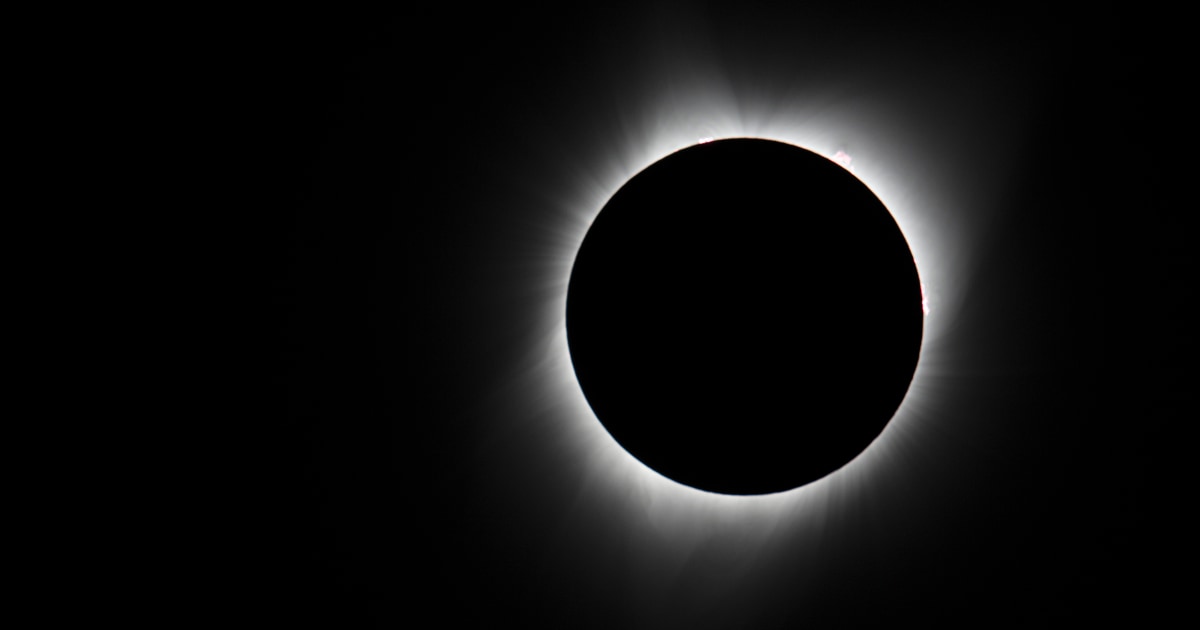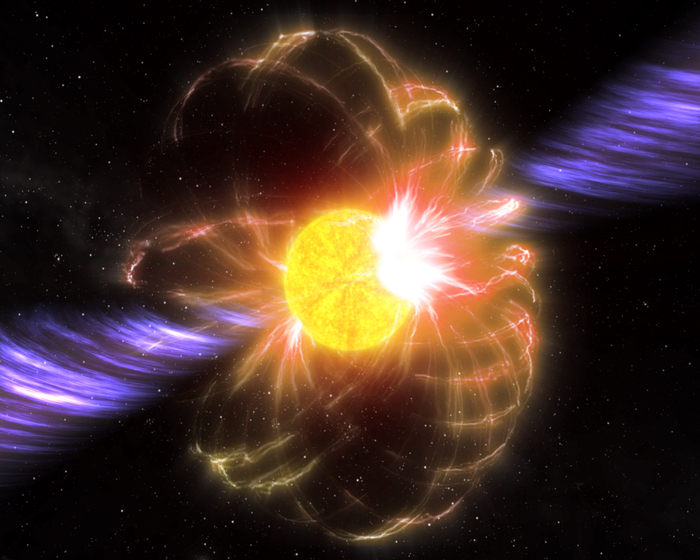Currently, the Earth does not have one moon, but two. On February 15, astronomers from the Catalina Sky Survey, in Arizona, noticed in the sky a little special asteroid, 2020 CD3. Its peculiarity: while passing in the vicinity of our planet, it found itself trapped in its orbit. De facto becoming our natural satellite, just like the Moon, the other, the big one.
The comparisons stop there since the new companion of the Earth has a diameter between 1.9 and 3.5 meters and it is therefore far from being visible with amateur equipment. Before announcing the news on Tuesday, the Minor Planet Center, an international organization that collects data on minor objects in the solar system, made sure it was not an artificial object.
BIG NEWS (thread 1/3). Earth has a new temporarily captured object / Possible mini-moon called 2020 CD3. On the night of Feb. 15, my Catalina Sky Survey teammate Teddy Pruyne and I found a 20th magnitude object. Here are the discovery images. pic.twitter.com/zLkXyGAkZl
- Kacper Wierzchos (@WierzchosKacper) February 26, 2020According to the models of Kacper Wierzchos and Teddy Pruyne, the authors of this discovery, 2020 CD3 should make several trips around the Earth, following very variable trajectories before regaining its freedom probably in the course of April 2020. Its Current orbit suggests that it was captured by Earth's attraction three years ago.
For astronomer Kacper Wierzchos who shared his discovery on Twitter, the information is "important" because "it is only the second known asteroid to gravitate around the Earth" after 2006 RH120, which had been around a little shorter, from September 2006 to June 2007.
Here's an animated GIF of our new mini-moon 2020 CD3, discovered by @WierzchosKacper. Rotating frame keeps the Earth / Sun line stationary. Orbital elements courtesy of IUA MPEC. https://t.co/dok3jn3G9hhttps://t.co/x1DXWLq2vm pic.twitter.com/O3eRaOIYjB
- Tony Dunn (@ tony873004) February 26, 2020













